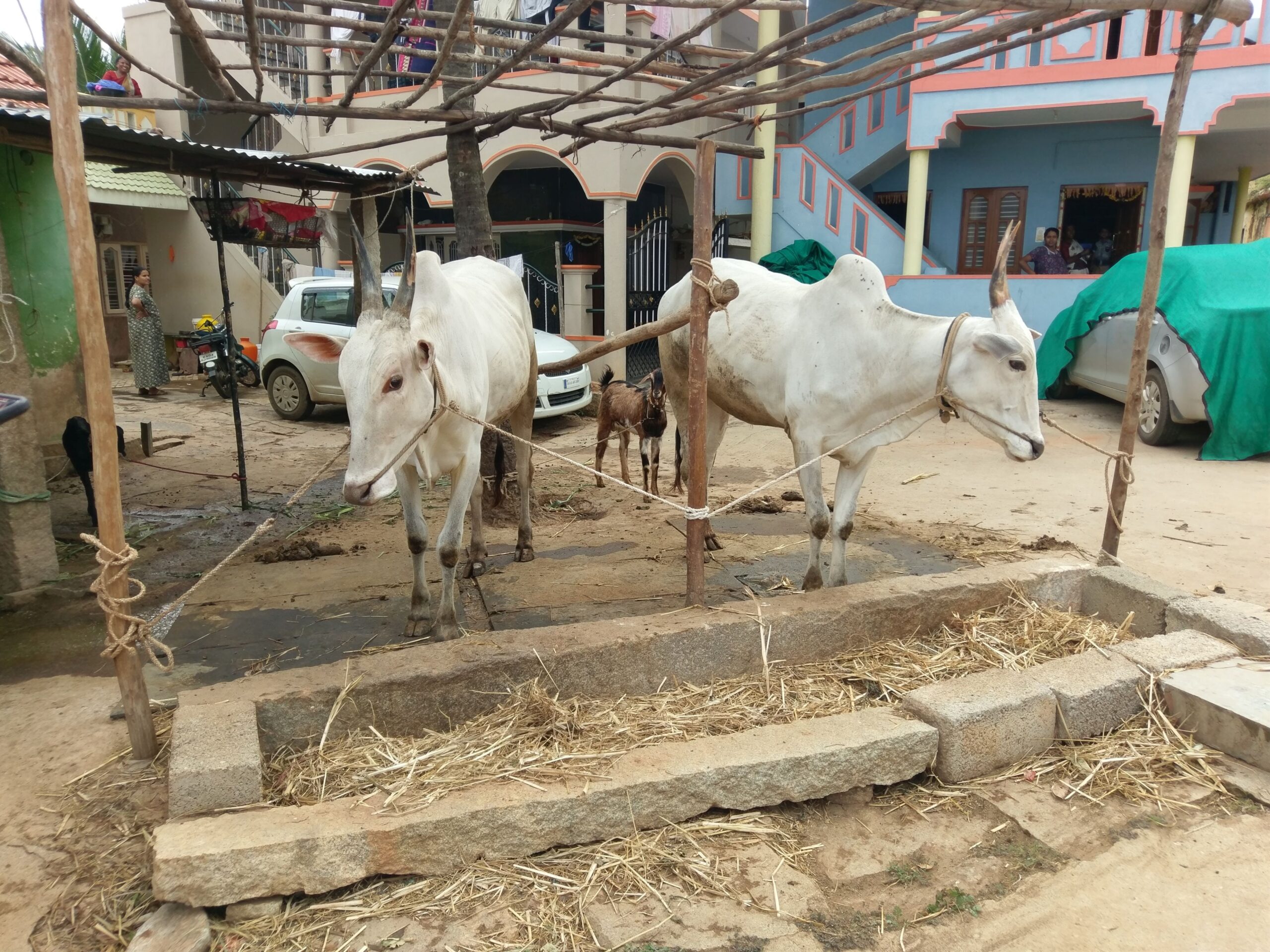The Role of Human Motivation in Achieving Organisational Sustainability – Professor Martina Blašková, University of Žilina
Original Article Reference
This SciPod is a summary of the paper ‘Responsible Decision making for Sustainable Motivation’, from Sustainability, an MDPI journal. https://doi.org/10.3390/su10103393
Share Episode
About this episode
This work is licensed under a Creative Commons Attribution 4.0 International License. 
What does this mean?
Share: You can copy and redistribute the material in any medium
or format
Adapt: You can change, and build upon the material for any
purpose, even commercially.
Credit: You must give appropriate credit, provide a link to the
license, and indicate if changes were made.
Related episodes
Dr Nicole Hune | The path back: Reconnecting with “the self” and others in recovery from schizophrenia and substance use disorders
Schizophrenia and substance use disorders (or SUDs for short) are two significantly complex conditions that share overlapping symptoms and result in serious complications without treatment. Research suggests that a number of complex features are associated with these disorders, including neurological, physiological and bio-psycho-social. When these conditions occur together, they often create profound experiences of disconnectedness, both with oneself and with others in the support community. An article authored by Dr. Nicole Hune and Dr. Tom McGovern at Texas Tech University explores how treatment and recovery from co-occurring schizophrenia and SUDs could benefit from viewing these conditions from an integrated neurobiological and intersubjective understanding of connectedness.
Dr. Ellen Hoffmann | Rurbanity: How rural and urban phenomena intermingle worldwide
Over the next few decades, the Earth’s urban population is set to explode, with the large majority of growth happening in cities across the Global South. A team of researchers at the Universities of Kassel and Göttingen, led by Prof. Andreas Bürkert and Prof. Nikolaus Schareika, predicts that these changes will be widely characterized by a merging of rural and urban features: a concept defined as ‘rurbanity’ in a recent landmark publication authored by Dr. Ellen Hoffmann and colleagues. By studying this phenomenon closely, the team aims to support cities in the Global South in their efforts to better prepare for the challenges to come. The concept is comprehensive enough to allow researchers to also understand ongoing processes of change in more mature cities of the North, such as climate-smart and socially inclusive adaptations, through the lens of rurbanity.
Prof. Mark Kimsey | The Earth’s Blueprint: How Soil Origins Guide Forest Management
Forests are more than just a collection of trees; they are dynamic ecosystems that depend on a variety of factors to thrive. One of the most crucial yet often overlooked components of these ecosystems is the soil. Far from being just a passive foundation, soil is an active, living system that plays a vital role in determining the health and productivity of forests. A recent study by emeritus Professor James Moore of the University of Idaho and his colleagues offers a deep dive into how the geological origins of soil influence its chemical properties, shedding light on the intricate relationships between soil, vegetation, and forest management in the Inland Northwest region of the United States.
Professor Paul Treitz | Mapping Environmental Change: Remote Sensing at the Frontlines of the Canadian Arctic
The Arctic is warming at a rate of three to four times faster than the global average; a phenomenon known as Arctic amplification. This is, in large part, a result of warming atmospheric temperatures causing a decline in snow and ice cover at high latitudes. This, in turn, increases the amount of solar energy absorbed by marine and terrestrial surfaces. As a result, near surface temperatures continue to increase, resulting in a further reduction of snow and ice. This represents a positive feedback where increased temperatures are coupled with a decline in snow and ice cover.
Increase the impact of your research
• Good science communication encourages everyday people to be scientifically literate so that they can analyse the integrity and legitimacy of information.
• Good science communication encourages people into STEM-related fields of study and employment.
• Good public science communication fosters a community around research that includes both members of the public, policymakers and scientists.
• In a recent survey, 75% of people suggested they would prefer to listen to an interesting story than read it.

Upload your science paper
Step 2
SciPod script written
Step 3
Voice audio recorded
Step 4
SciPod published




